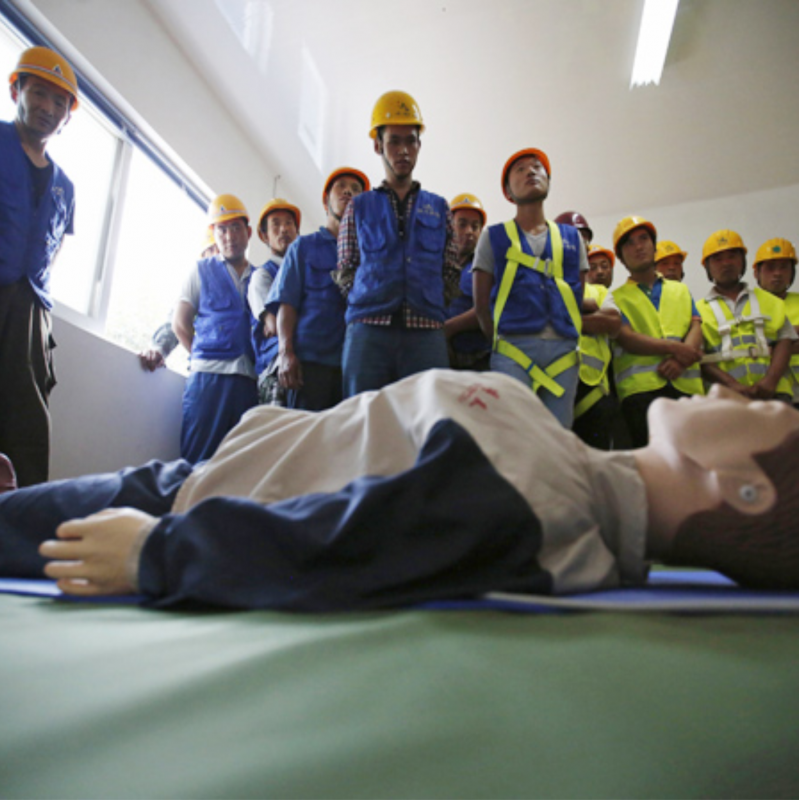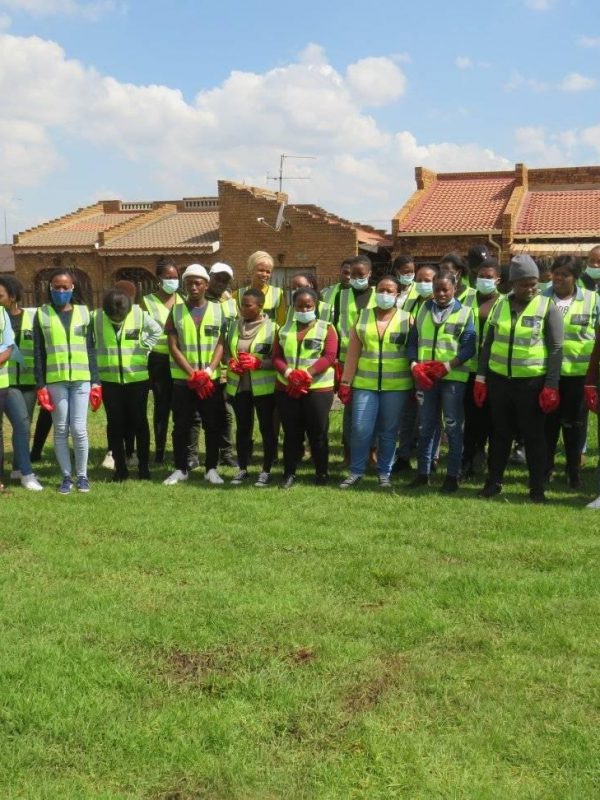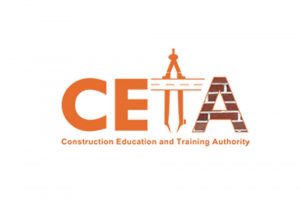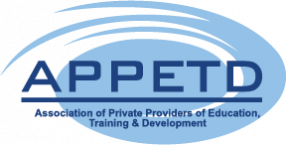Health and Safety
Training Programmes we offer:
Introduction
This course is for persons who are required to assess the emergency situation, provide basic Life Support and basic First Aid in order to stabilise patients prior to transfer to the emergency services.
Key learning Areas
- Understanding of emergency scene management.
- Understanding of elementary anatomy and physiology.
- Assessing an emergency situation.
- Applying basic First Aid procedures to life-threatening situations.
- Treating common injuries.
Introduction
This course will enable participants to provide primary emergency care (first aid) in response to an induced occupational risk or any health emergency in their specific workplaces. This covers emergency protocols that need to be followed to ensure the correct and legal first aid is given when responding to any emergency situation.
Key Learning Areas- Principles of primary emergency care in the workplace.
- Basic preparations for health emergencies in the workplace.
- Assessing and managing an emergency scene in the workplace.
- Conducting secondary assessment of the sick and/or injured person.
- Administering CPR procedures.
- Conducting intermediate primary emergency life support procedures for adults, children and infants according to current international protocols.
Introduction
This course was designed to enable the first responder to react to emergencies at an advanced first aid level, until the arrival of more professional emergency personnel. In essence, this course gives the learner, leadership skills to deal with emergency situations.
Key Learning Areas
- Principles of advanced first aid in emergencies.
- Preparing to deal with sudden illness or emergency.
- Assessing and managing an emergency scene/disaster.
- The anatomy and physiology of the human body systems in terms of injury and sudden illness.
- Conducting advanced primary first aid life support for adults, children and infants according to accepted current protocols.
- Managing serious ailments and injuries.
Introduction
This course aims to provide knowledge, skills, and confidence when responding to a fire emergency. In addition, it provides knowledge for the proper use of emergency equipment inorder to enhance survival in a fire emergency.
Key Learning Areas- Procedures for dealing with fires.
- Types of fire, its context and selection of the appropriate firefighting procedures.
- Identifying, selecting and checking appropriate firefighting and safety equipment.
- Fighting containable/extinguishable fires.
- Procedures for retreating from a fire site.
- Fire handing-over procedures to appropriate personnel.
- Report/record status of fire and equipment.
Introduction
This course will enable learners to acquire knowledge and skills on how to identify probable causes of fires, how to prevent them, how they are detected and how to apply emergency firefighting procedures.
Key Learning Areas
- Basic knowledge pertaining fires.
- Causes and prevention of workplace fires.
- Fire detection methods.
- Fire preparedness methods and procedures.
- Operating advanced firefighting equipment.
Introduction
This course gives the learner skills and knowledge needed to ensure workplace compliance with the South African Occupational Health and Safety Act. Any learner who successfully completes this course will be able to effectively implement best practices for health and safety that are legally compliant and applicable to their workplace.
Key Learning Areas
- Roles and responsibilities of employees and employers in health and safety.
- Identification and management of potential occupational hazards.
- Safety indicators and emergency procedures.
- Functions and application of Personal Protective Equipment.
- Developing, implementing and maintaining workplace health and safety programmes.
- Applying health and safety principles to work areas.
- General interpretation of Health and Safety legislation.
Introduction
The person who successfully completes this course will be able to understand the objectives and statutory requirements pertaining to health and safety in the workplace. That is, he or she will be able to explain and apply the rights, powers, functions and duties of the workplace health and safety representative.
In essence, this course allows successful learners to participate in the safety, health and environmental structures and measure these activities according to health, safety and environmental requirements.
Key Learning Areas
- Framework of workplace health and safety legislation pertaining to health and safety representatives.
- Legislative and general requirements to conduct safety, health and environmental representation activities at a working place.
- Functions and responsibilities for safety, health and environmental structures in the workplace.
- Addressing safety, health and environment related issues within the scope of authority.
Introduction
Successful participants will be able to work safely at heights in the workplace with minimal supervision.
Key Learning Areas
- Plan and prepare to work safely at heights.
- Types of equipment used when working at heights.
- Selecting, inspecting and working within the limitations of portable ladders and platforms.
- Selecting and installing fall protection equipment.
- Developing a fall protection plan and fall arrest plan.
- Fall arrest rescue techniques.
- Managing the safety of personnel working at heights.
Introduction
This course has been designed to introduce the learner to the importance of hazard identification on a daily basis. Hazards and risks are part of every workplace and require a collaborative approach from all employees to ensure safety is achieved. The learner completing this training module will receive training in the principles of hazard identification, risk assessment and risk planning.
Key Learning Areas
- Legal and organisational requirements for conducting risk assessments.
- Preparing to conduct a continuous risk assessment.
- Identifying and assessing potential hazards at a worksite.
- Development of strategies to address potential worksite hazards.
Introduction
This course is designed for learners who are involved or intend to be leaders in the construction industry. At the end of this course, successful learners will attain leadership and management skills that are crucial when managing construction team’s inorder to achieve their objectives.
Key Learning Areas
- Identify labour requirements
- Recruit, select and induct team members.
- Receive and issue instructions.
- Motivate teams and monitor performance.
- Train, coach and develop team members.
- Implement disciplinary and grievance procedures.
Introduction
The aim of this course is to provide all course candidates with a firm understanding of the current legislation regarding confined space entry and safe work in a confined space. This also includes being able to;
• Identify the types of confined spaces and their hazards,
• enter a confined space and apply safe and correct procedures for entry into, working within, exiting and,
• Applying emergency procedure for confined space operations.
- Hazards associated with closed spaces.
- Preparing to enter and exit closed spaces.
- Protective clothing and equipment for closed space.
- Procedures and guidelines when working in closed spaces
- Plan and Implement emergency procedures.
Introduction
Learners who successfully complete this course will be able to demonstrate the ability to conduct investigations into workplace incidents. The competency includes all the activities required to successfully conduct incident investigations.
Key Learning Areas
- Requirements and procedures for conducting an investigation into workplace incidents.
- Prepare to gather data for the investigation.
- Gather and evaluate data.
- Performing post-investigation functions.
- Writing incident reports.
Introduction
This workshop is designed for participants who have little or no working knowledge to perform their duties and obligations as Flag persons. It is also designed to be a refresher for experienced Traffic Control Personnel.
Key Learning Areas
- Identifying risks to health and safety at road sites.
- Preparing a site for road works.
- Selecting and displaying the correct flagging equipment and temporary signage.
- Conducting flagging signals to control traffic.
- Procedures for using flagging equipment.
Introduction
This course gives learners a competence level that enables them to carry out periodic inspections of ladders, step ladders and combination ladders in accordance with the construction regulations and related legislations.
Key Learning Areas
- Requirements to safely perform work in elevated positions.
- Procedures and requirements to correctly inspect, care for and store ladders.
- Safety, health and environmental principles with regards to working platforms, ladders, scaffolds and walkways in elevated positions.
- Recording inspection data and writing reports.
- Dealing with non-compliances.
Introduction
Learners who successfully complete this course will acquire the knowledge and skills required by the industry to function as a scaffold erector. This includes the ability to safely and efficiently deploy the required resources to erect and dismantle access scaffolding.
Key Learning Areas
- Interpret basic drawings and instructions for the erection of access scaffolding.
- Coordinate resources for the erection of access scaffolding.
- Erect access scaffolding.
- Dismantle access scaffolding.
- Safety principles when erecting and dismantling scaffolding.
Introduction
This course will enable learners to acquire the necessary knowledge and skills to inspect scaffolding in compliance with the South African National Standards (SANS) 10085. The qualifying learner will be able to function as a scaffold inspector.
Key Learning Areas- Types of access scaffolding, applications, limitations, design and compliance issues.
- The role and responsibilities of the inspector.
- Reading and interpreting drawings, client requirements and other specifications.
- Inspecting and handover access scaffolding.
- Recording inspection data.
- Managing non-compliances.
Introduction
This course will enable learners to keep their work areas safe and productive when carrying out their work duties.
Key Learning Areas
- The purpose of safety equipment and procedures
- The purpose of demarcated areas, emergency stops, exits and first aid stations.
- Using personal protective equipment.
- Performing housekeeping duties in a work area.
- Identifying and responding to unsafe or potentially unsafe conditions, incidents or acts that may occur.
Introduction
This course was designed to help employers and employees to develop safe and effective methods for stacking and storing material so as to meet their obligations under health and safety legislation.
Key Learning Areas
- Plan and prepare for stacking and storage.
- Receive, verify and store materials.
- Pallet construction methods and techniques.
- Sizes and shapes of stacks.
- Methods and techniques for stacking different types of goods.
- Safety procedures when stacking.
Introduction
On completion of this course, participants will be able to undertake the movement of plant equipment, steel erection, use hoists (including mast climbing hoists), undertake the placement of pre-cast concrete, use safety nets and static lines, install perimeter safety screens, shutters and cantilevered crane-loading platforms.
Key Learning Areas
- Determining task and job site requirements.
- Characterising the load.
- Types of rigging equipment and their uses.
- Specifying, selecting and inspecting rigging equipment.
- Lifting manoeuvring and moving load.
- Managing emergency situations during rigging and slinging.
Introduction
This course was designed for learners who have no or little knowledge on how to operate a jack hammer safely. This course is also a refresher to qualified jack hammer operators.
Key Learning Areas
- Identify and select a jack hammer suitable for a work task.
- Precautions when using a jack hammer.
- Operating a jack hammer safely.
- Maintaining a jack hammer.












